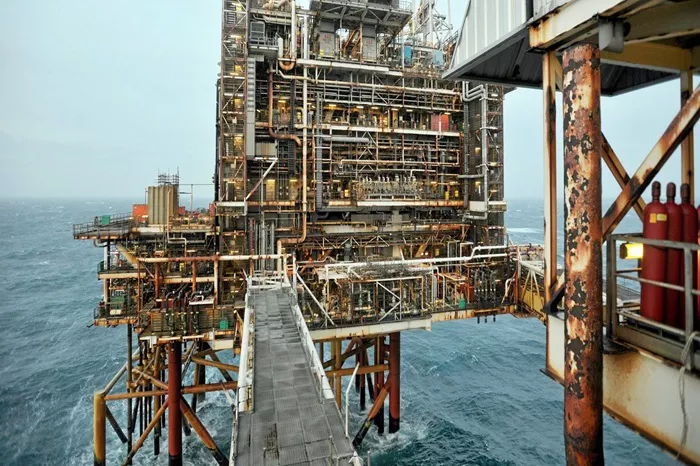The North Sea, a significant hub for crude oil production in Europe, primarily driven by the UK and Norway, is facing a terminal decline. In 2022, the region produced just 34 million tonnes of oil—the lowest output since production began in the 1970s. This decline has prompted numerous major oil companies to withdraw from the aging oil basin, with forecasts indicating continued reductions in production. Despite the UK government’s recent issuance of new licenses, investments are dwindling, as many companies scale back or exit the region in anticipation of upcoming tax increases on the sector.
In response to this decline, Europe is innovating ways to repurpose its fading energy powerhouse. Belgium has initiated the construction of an artificial island in the North Sea, intended to serve as a regional energy interconnection hub. Situated off the Belgian coast, the Princess Elisabeth island will aggregate cables from offshore wind farms in Belgium’s second wind zone, facilitating the transfer of generated electricity to the mainland. Additionally, the island will act as an intermediary for interconnectors linking Belgium with neighboring European countries. The European Investment Bank (EIB) has approved a €650 million (approximately $705 million) grant to support the project, which will be managed by Belgium’s high-voltage grid operator, Elia Transmission Belgium.
The main contractor for the project, TM EDISON, has commenced construction, which is projected to take around 2.5 years. The plan involves raising a six-hectare island—equivalent to twelve football fields—by constructing caissons to form the outer perimeter. These 23 armored concrete blocks, measuring 58 meters long, 28 meters high, and 28 meters wide, weigh approximately 20,000 tonnes each. The caissons will be built in Flushing, UK, while a rock installation vessel, Simon Stevin, will prepare the seabed to ensure a stable foundation. The caissons will be installed over a two-year period, with operations paused during winter storms. Once positioned, dredging vessels will fill the caissons with sand to secure them in place. Following this, Elia will develop the necessary electrical infrastructure on the island, which will also feature a small harbor for personnel transfers. The project is slated for completion in 2026.
In addition to the artificial island, researchers at Edinburgh’s Heriot-Watt University are investigating the potential for repurposing North Sea oil and gas wells for geothermal energy production. This initiative could leverage existing infrastructure, presenting a cost-effective and environmentally friendly alternative to drilling new geothermal wells. The research highlights the advantages of utilizing established reservoirs, which minimizes the risks associated with new drilling efforts.
The concept of using existing oil and gas infrastructure for geothermal energy is not entirely new; similar open loop systems have successfully produced hot formation water for geothermal energy in the U.S., China, and Colombia. During the latter stages of oil and gas production, the water content in produced fluids often increases, creating opportunities to harness this energy for geothermal power. The researchers suggest implementing enhanced geothermal systems (EGS) where natural fluid flow is insufficient.
Furthermore, the EU-funded GEORISK project has been pivotal in identifying and mitigating risks associated with new geothermal initiatives, aiming to attract private investment into the sector. This large-scale collaboration among key stakeholders in the geothermal industry across Europe has produced a tool to categorize risks for proposed projects, including external hazards and subsurface uncertainties. The project supports European nations in developing financial risk mitigation frameworks, which are necessary under the new EU Renewable Energy Directive.
As geothermal technology advances, experts believe the sector is on the verge of becoming more cost-effective. “It’s like solar: If you look at solar 20 years ago, nobody was interested because it cost too much. But as solar has scaled up, costs have decreased. We are on the cusp of a similar breakthrough for geothermal energy over the next 20 years,” remarked Roland Horne, a professor of earth sciences at Stanford University.
Related topic:
Top 5 Biodiesel Engines In 2024

